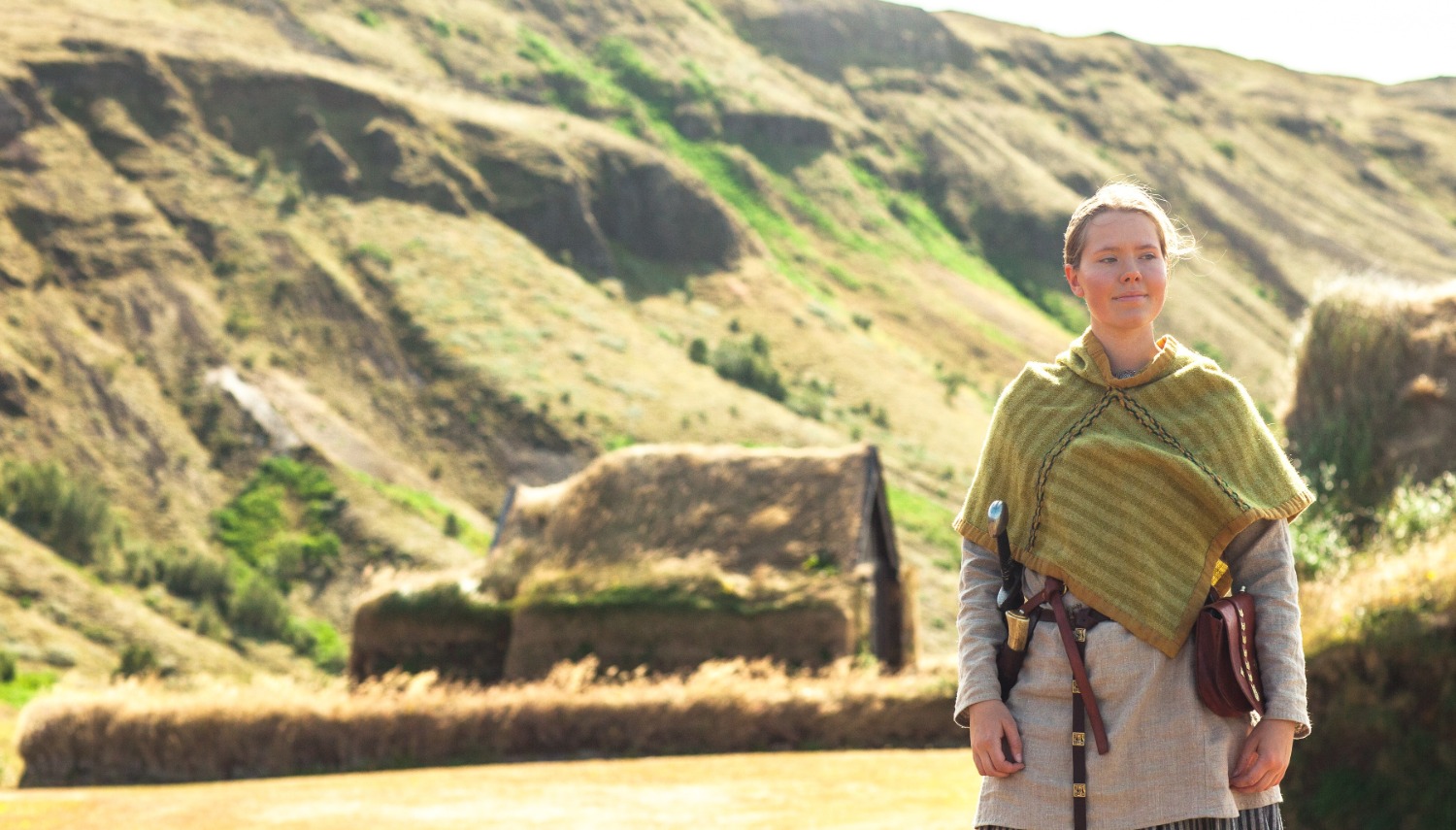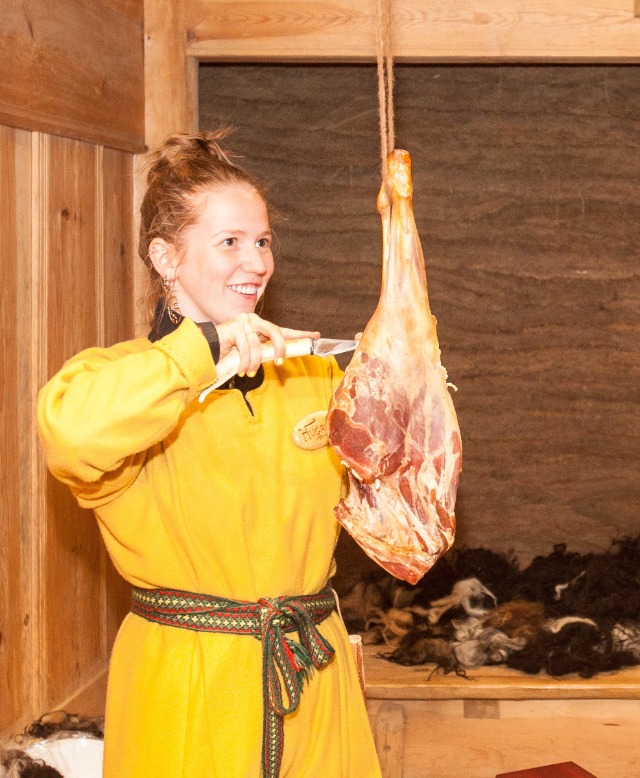Archaeological site at Stöng

Early settlers chose the fertile Þjórsárdalur Valley as their new home in the 11th century, building 20 towns and farms with an estimated 400 to 600 inhabitants. In 1104, the settlement was plunged into darkness by a volcanic eruption. Hekla erupted, forcing Þjórsárdalur's inhabitants to flee as the valley became buried under volcanic ash and debris.
Eight hundred years later, a group of Nordic archaeologists excavated several farms in the valley which lay under a thick layer of volcanic ash. Among them was Stöng, one of Iceland's largest farms at the time. The ruins were not rebuilt instead used as a model for the construction of the Commonwealth Farm almost 50 years later.
 Each summer an event is held at the farm, see our Facebook page.
Each summer an event is held at the farm, see our Facebook page.
Gaukur Trandilsson
 Gaukur Trandilsson was a prominent, wealthy warrior described in ancient Icelandic manuscripts. Gaukur’s story, set in an anthology of sagas (Möðruvallabók) between Njáls saga and Egils saga was never completed and is considered lost.
Gaukur Trandilsson was a prominent, wealthy warrior described in ancient Icelandic manuscripts. Gaukur’s story, set in an anthology of sagas (Möðruvallabók) between Njáls saga and Egils saga was never completed and is considered lost.
However, a medieval verse exists which has been the source of many folktales about the events at Stöng:
“Those were the days,
When Gaukur lived at Stöng;
Then the way to Steinastaðir
Wasn’t long.”
The verse hints at an affair between Gaukur and Þuríður at Steinastaðir, although the truth behind their relationship remains a mystery. Þuríður was a married woman and the cousin of Ásgrímur Elliða-Grímsson who was Gaukur’s foster-brother. Ásgrímur killed Gaukur, and the Book of Settlements states that Þuríður was to be stoned to death. The connection behind these unfortunate events remains unclear.
Daily life in the valley
Self-sufficiency was essential to survival during the Commonwealth period, an age with none of our modern conveniences. The local environment provided the raw materials needed for food, building materials, and toolmaking. Seasonal agricultural activity and animal husbandry kept residents busy, and food, clothing and skins were prepared and made by hand.
Several generations lived together in each household, alongside workers, slaves, and even courtesans and their children. The family cared for children, the elderly, the sick, and the disabled.
